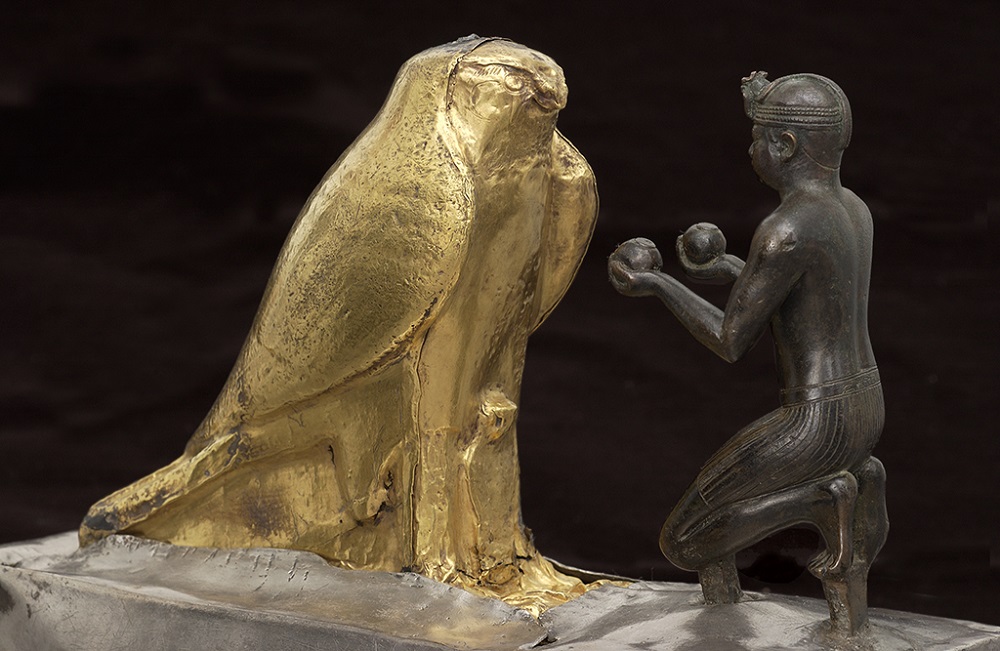If you are in Paris or planning to visit the City of Light this summer, the Louvre Museum is giving its visitors an opportunity to immerse in of the most amazing chapters of Ancient Black History in Africa. Named Pharaoh Of The Two Lands – The African Story of the Kings of Napata, the exhibition in the famous French museum explores the significant influence of Black Pharaohs from the Kush civilization on Egyptian civilization and history.
Having reigned for nearly half a century, the names of these Black pharaohs, originally from present-day Sudan, are often overshadowed by those of Tutankhamen and Ramses II. However, their epics and conquests have nevertheless contributed to a “Renaissance” of ancient Egypt.
The exhibition highlights the importance of this vast kingdom, located in what is now northern Sudan. It is organized in connection with the Louvre’s archaeological campaign in Sudan, which focused for ten years on the site of Muweis before moving some 30 kilometers northwards to El-Hassa, not far from the pyramids of Meroe. Pharaoh Of The Two Lands – The African Story of the Kings of Napata is available until July 25 and it is located at Hall Napoléon.
L'exposition #PharaonDesDeuxTerres a ouvert ses portes ce matin ! 📣
— Musée du Louvre (@MuseeLouvre) April 28, 2022
Découvrez l'épopée africaine des rois de Napata, du royaume de Kouch, dans l'actuel Soudan, jusqu'au delta du Nil en Egypte. ✨
👉 https://t.co/Dvl3xKFtnr
🗓️ Jusqu'au 25 juillet 2022. pic.twitter.com/H7ulAeLgnL
ln the 8th century BC, a kingdom grew up around the Nubian capital, Napata. In about 730 BC, the Nubian king Piankhy conquered Egypt and founded the 25th Dynasty of Kushite kings, who ruled for more than fifty years over a kingdom stretching from the Nile Delta to the confluence of the White and Blue Niles. The most famous of those kings is the pharaoh Taharqa.
The city of Napata was the religious center of the Kush kingdom. In Napata, several temples and monuments dedicated to the Egyptian gods were erected. Even pyramids similar to those of Egypt were also erected to become tubas for their kings.
Besides the opportunity to explore the era of ancient Egypt, which contributed to its continuity and greatness, the exhibition also offers its visitors the possibility to learn the specificities of the art of the Black Pharaohs. The Kushite dynasty left behind its atypical representations of the pharaonic face and personality.
Statues that were discovered in 2003 show unique artistic characteristics: round faces heads adorned with a Kushite headdress and the presence of two cobras instead of one, representing symbols of the pharaohs, and illustrating the extent of the lands governed by the 25th dynasty: the land of Kush and Egypt.
